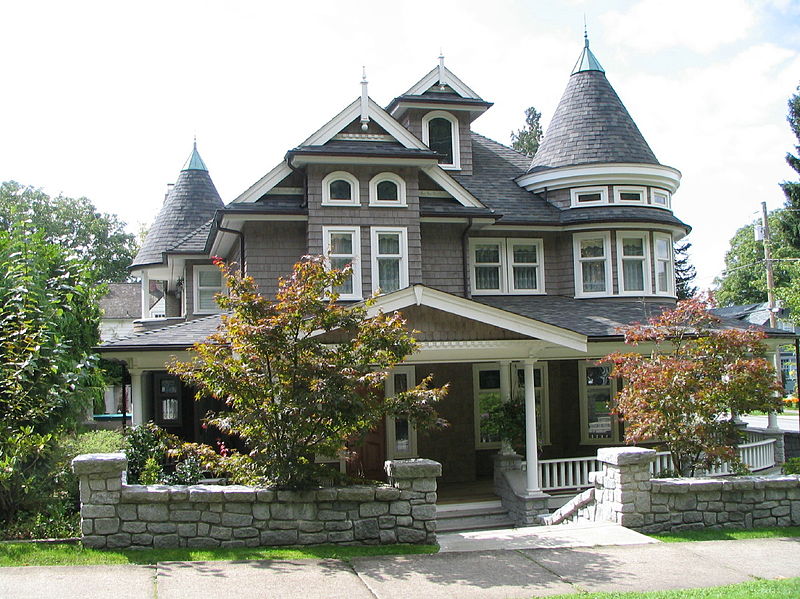
Have you been eyeing that fixer-upper down the street among all those stately old homes in an old neighborhood in your city? Or you’ve found your dream home in a historic district, and you’re considering purchasing it? There are benefits to owning historic property, but there are also challenges, including the challenge of determining whether or not the property is designated historical. If it is, modifying the home in any way could be restricted. Selling it to someone with a home-based business could be illegal.
Knowing the resources at hand in your community can save you time and money when you’re considering buying a historic home. These resources are available to anyone, not just your real estate agent, and they are easy to navigate once you know the basics.
Can I Fix My Fixer-upper?
Lots of home buyers dream of purchasing the cute fixer-upper down the street, but not all fixer-uppers are worth the time or effort, and it may have nothing to do with their condition. You must first determine if that fixer-upper is in a historic district in your jurisdiction. If it is, you will be restoring a house, not remodeling it.
Homes that have been designated as historic come with stringent restrictions regarding their upkeep. If you replace any materials on a historic home, they must be made of materials that are historically appropriate for the house. No double-paned energy efficient windows on your 1890s Victorian.
Get pre-approved and secure your dream home
Work with a lender to find the right loan for the home you love.
How Do I Find Out?
Get pre-approved and secure your dream home
There are lots of resources to help you research the historic status of a home. Start with your local municipality’s planning and development website. Municipalities will have GIS mapping systems with layers including zoning districts and designations.
If you think the property may be historic, but it isn’t designated thus, you have other avenues. Check with the local preservation and historic councils. These societies and government entities keep archives and libraries of records such as plans of neighborhoods and drawings of homes.
Similar to preservation societies are state historical archives. Similar to a cross between the library at Alexandria and the warehouse at the end of Raiders of the Lost Ark, these societies, like the one in Iowa, collect everything from government records such as permits to photographs of architecture in various neighborhoods.
All these resources can be accessed via websites, but be as specific as possible when searching online. Simply typing in “permits,” will result in a list so vast that you will never find the right record. Searching for a term such as “Sioux City permits” may lead to better results.
To Visit or Not to Visit
For historical archive information, you may eventually have to visit the offices, but many municipalities offer their information via digital archiving on their websites. You may be visiting a P&Z counter to ask questions after your records search, but having done the search yourself, you’ll have the history of your architecturally-significant property and can ask informed questions.
Note: This is a guest post; the views and opinions expressed are those of the author and do not necessarily reflect the opinion or position of Redfin.



























 United States
United States Canada
Canada